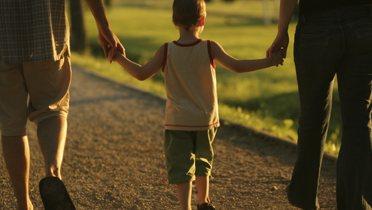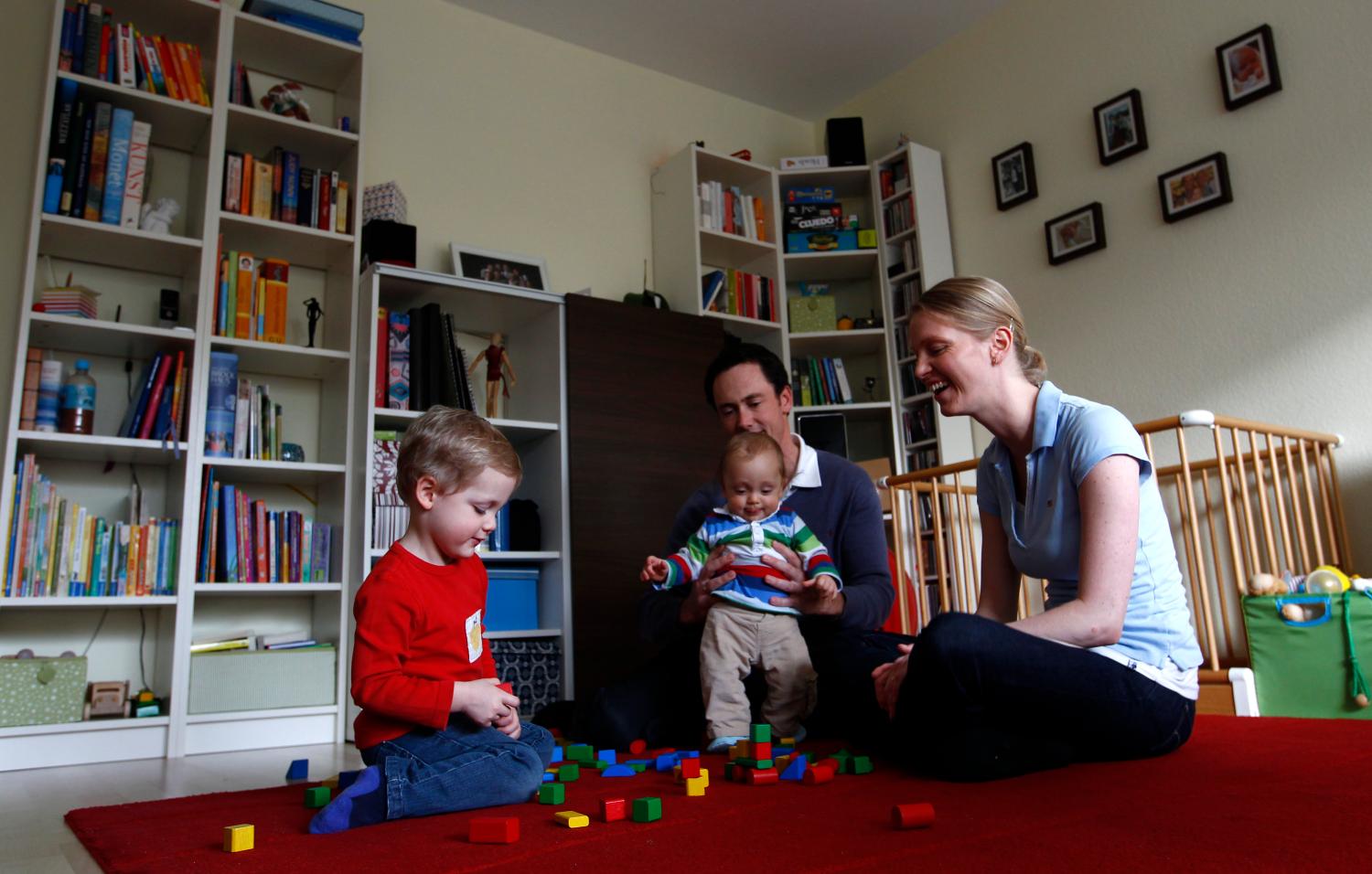Abstract
In the current era of massive deficits, federal, state and local government agencies are seeking ways to lower expenditures and still maintain essential services. Child welfare programs represent an area where significant savings could be achieved while actually improving the life circumstances of the young people affected. The way this could be accomplished is by increasing the number of children and youth who are adopted out of foster care. Findings from a recent national survey of child health provide new evidence that adoption can save the public money while improving the life prospects of youngsters who have been maltreated in their early years.
Public Costs of Foster Care
Children in foster care are children who were born to substance-abusing or mentally ill women, or youngsters who have been neglected or abused in the homes of their birth parents. They have been legally removed from their birth families and placed under the care and control of state-run child welfare agencies. There are close to a half-million children in the United States who are in foster care at any one time. Some are in foster care for only a brief period of days or weeks before being returned to their families. But almost a quarter of a million will remain in foster care for a year or more. Nearly 50,000 will stay in foster care five years or more, while 30,000 will remain there until they reach adulthood.
The public costs of removing all these maltreated children from their birth families and caring for them in foster families, group homes, or institutions are substantial. Annual state and federal expenditures for foster care total more than $9 billion under Title IV-E of the Social Security Act alone. Although exact amounts are difficult to disentangle, even more money is spent for publicly-subsidized medical care for foster children and food stamps, cash welfare, and child care payments to the families that care for them. On top of that, there are longer-term costs that society incurs because of the developmental risks associated with child maltreatment and family disruption.
Although children in long-term foster care represent only a small fraction of the total child population of the United States, they represent a much bigger portion of the young people who go on to create serious disciplinary problems in schools, drop out of high school, become unemployed and homeless, bear children as unmarried teenagers, abuse drugs and alcohol, and commit crimes. A recent study of a Midwest sample of young adults aged twenty-three or twenty-four who had aged out of foster care found that they had extremely high rates of arrest and incarceration. 81 percent of the long-term foster care males had been arrested at some point, and 59 percent had been convicted of at least one crime. This compares with 17 percent of all young men in the U.S. who had been arrested, and 10 percent who had been convicted of a crime. Likewise, 57 percent of the long-term foster care females had been arrested and 28 percent had been convicted of a crime. The comparative figures for all female young adults in the U.S. are 4 percent and 2 percent, respectively.
Former foster youth are over-represented among inmates of state and federal prisons. In 2004 there were almost 190,000 inmates of state and federal prisons in the U.S. who had a history of foster care during their childhood or adolescence. These foster care alumni represented nearly 15 percent of the inmates of state prisons and almost 8 percent of the inmates of federal prisons. The cost of incarcerating former foster youth was approximately $5.1 billion per year.
Adopting from Foster Care
Increased adoption from foster care is a way of decreasing the number of young people who must spend much of their youth in unstable and less than ideal living arrangements. It may also be a way of preventing the long-term detrimental consequences of such an upbringing. As things stand now, less than 15 percent of all children in foster care will be adopted. There were 57,000 children adopted from foster care during Fiscal Year 2009, but there were twice as many-115,000-waiting to be adopted on September 30, 2009. (That is, adoption was the agency’s case goal for the child and the parental rights of the biological parents had been legally terminated.)
Adopting children from foster care is a risky proposition for prospective adoptive parents because of possible long-term effects on the child of both the traumatic early experiences they have endured and the detrimental genes they may carry in their DNA. Despite the risks involved, sizable numbers of middle-class couples are prepared to adopt these maltreated children. However, their efforts to adopt are often frustrated by federal laws and child welfare agency practices that require time-consuming efforts to preserve and reunify biological families and give preference to the placement of foster children with relatives. As a consequence, qualified couples who are eager to adopt an unrelated foster child may find themselves turned down by social workers in favor of a grandmother, aunt, or cousin of the child. This can occur even though the relative is reluctant to adopt and has only meager financial resources. An American couple can often complete an international adoption in less time and with fewer complications than adopting a child from foster care in the U.S. In addition, they have a better chance of obtaining an adoptive daughter or son near the time of the child’s birth or within the first year or two of the child’s life.
Congress has passed a series of laws with provisions aimed at facilitating and encouraging adoption of foster children, such as by providing financial incentives including an income tax credit, subsidized medical care, and regular support payments for less affluent adoptive parents. There was an initial upward jump in the annual number of children adopted from foster care following the passage of the federal Adoption and Safe Families Act in 1997, from a base-period level of around 28,000 children per year to a level of around 51,000 children per year in 2000. Since then, however, the number of children adopted from foster care has fluctuated around 55,000, with no clear sustained upward trend. Likewise, the proportion of foster children waiting to be adopted to those who actually are adopted has hovered around 50 percent.
There would be benefits for both the children who await adoption and for U.S. society as a whole if adoption of children in foster care by qualified non-relatives were made easier, faster, and more frequent. Yet advocates of family preservation have resisted efforts to make it so. Much of the controversy over adoption of children from foster care has gone on without the benefit of statistically reliable comparisons of how children fare if they are adopted from foster care as opposed to remaining in foster care or being reunited with their birth parents. Although definitive answers to this question can only be obtained through longitudinal studies and random-assignment experiments, there is useful information to be gleaned from a recent federal survey called the National Survey of Adoptive Parents (NSAP). A major purpose of this brief is to summarize the results of a special analysis of data from this survey that the author carried out in collaboration with Matthew Bramlett, a survey statistician at the National Center for Health Statistics (NCHS). The analysis was aimed at shedding as much light as possible on the life situations and wellbeing of children who had been adopted from foster care as well as those who were currently in foster care.
The Brookings Institution is committed to quality, independence, and impact.
We are supported by a diverse array of funders. In line with our values and policies, each Brookings publication represents the sole views of its author(s).




